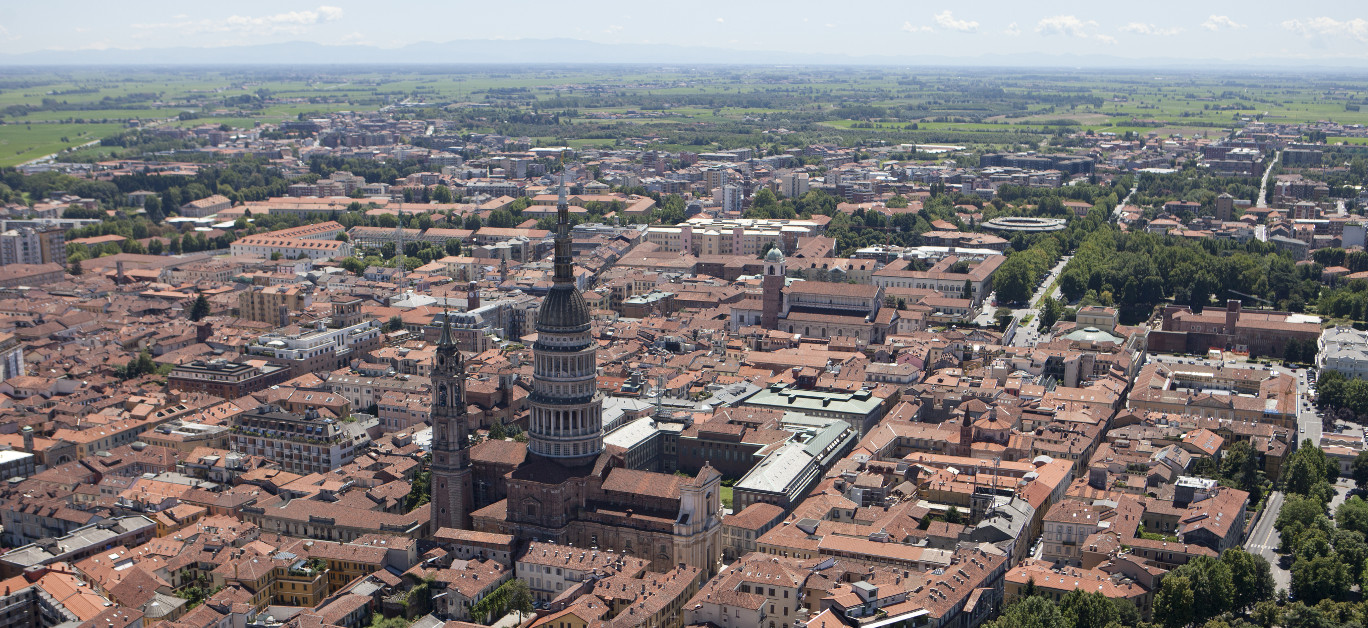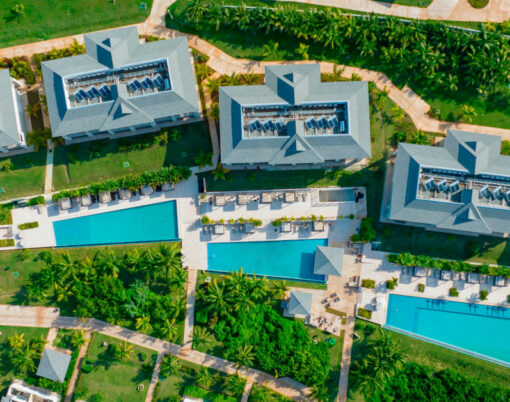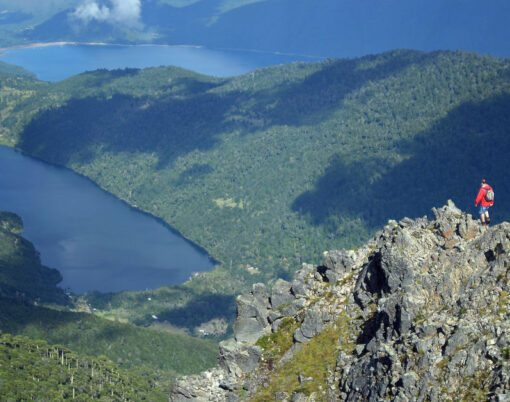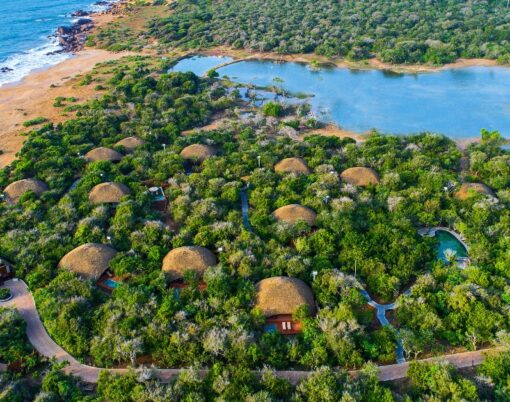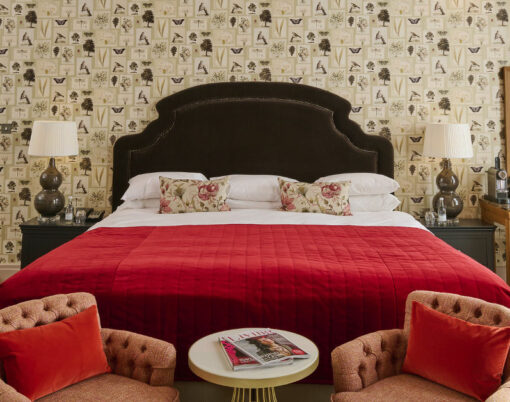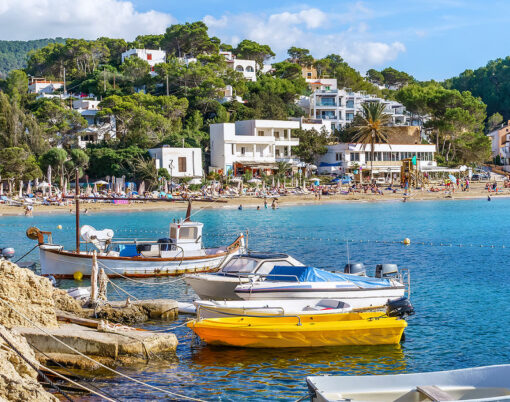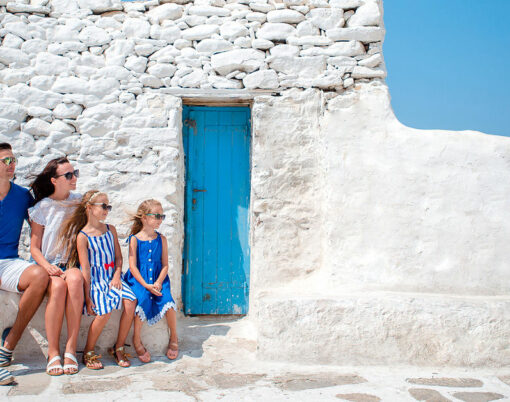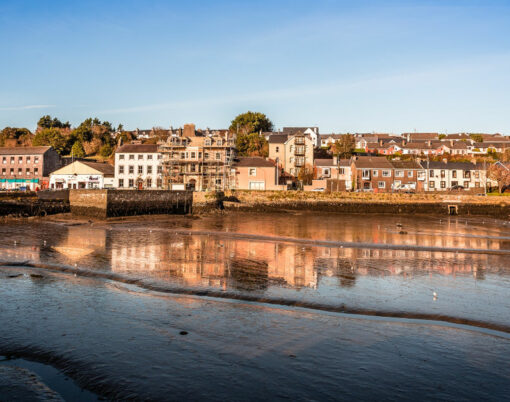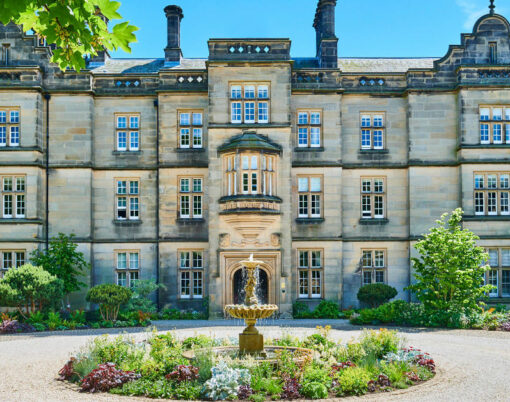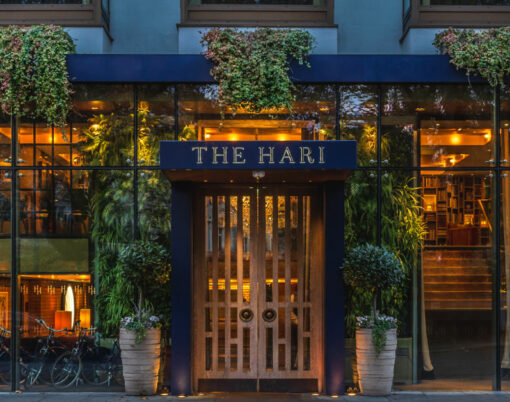The region of Piedmont or Piemonte is surrounded on three sides by mountains. The capital city of Turin is well known for its Renaissance, Baroque, Rococo, Neo-classical, and Art Nouveau architecture. The whole area is rich in cultural treasures and it seems as though every town and village offers a significant heritage site worth visiting.
1 – Novara
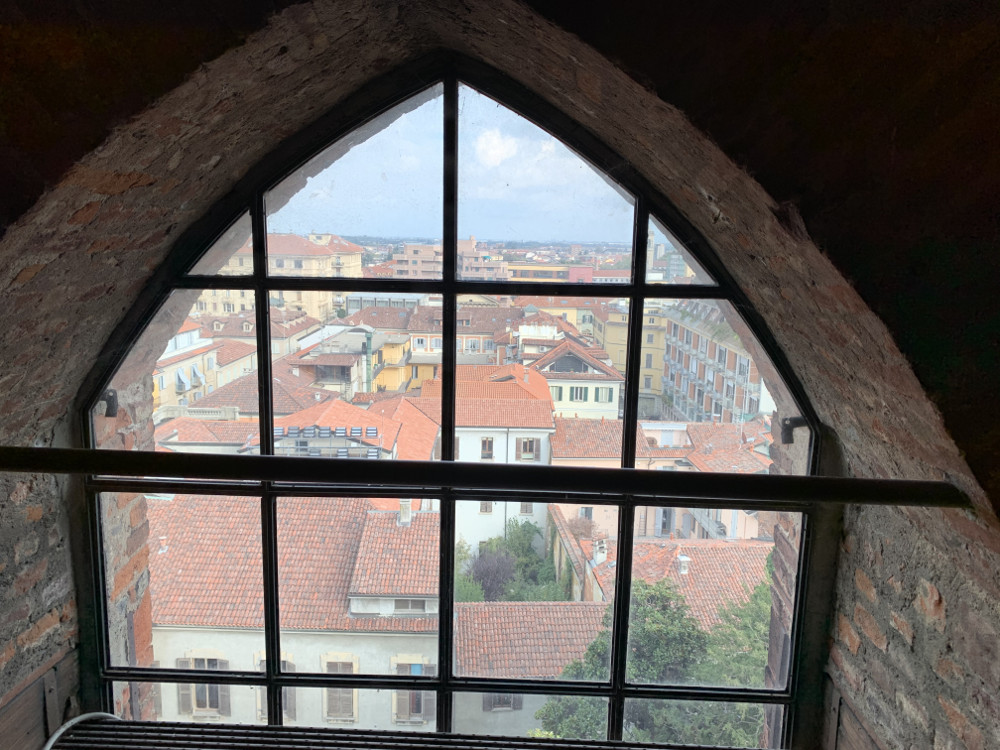
In the 14th and 15th centuries Novara fell under the protection of Milan and the two sit on opposite sides of the Ticino River. The town offers elegant shops and cafes, and wide cobbled boulevards. Novara is also home to the Basilica of San Gaudenzio and la Cupola.
This church is the highest point in the city and can be seen for miles. The church was built between 1577 and 1690 by Pellegrino Tibaldi but the 121 metre cupola (dome) was designed by architect Alessandro Antonelli of nearby Ghemme. Works on the cupola lasted over forty years and were completed in 1887.
At around 24 metres high is the Sala del Compasso (Hall of the Compass), a vast platform with vaulted beamed ceiling and warm brickwork. An original wooden model of the dome, one of the most daring masonry structures in history is on display here together with Antonelli’s 11 metre compass used to construct the dome. The views from here are good though limited so if you have a good heads for heights continue your climb up the narrow staircase.
At 45 metres, the second balcony of the Basilica affords dizzying views from the Alps to the Pianura Padana (Po Valley). Outside on the summit rests a gilded statue of the Saviour, designed by Antonelli and made out of copper by Piero Zucchi.
Dine at: Michelin Star Tantris Ristorante in Novara offers an extraordinary experience in an intimate environment. The elegant eight-dish tasting menu prepared by petite Chef Marta Grassi included an intense frothy celery and apple centrifuge, and was matched with a selection of excellent regional wines.
2 – Varallo
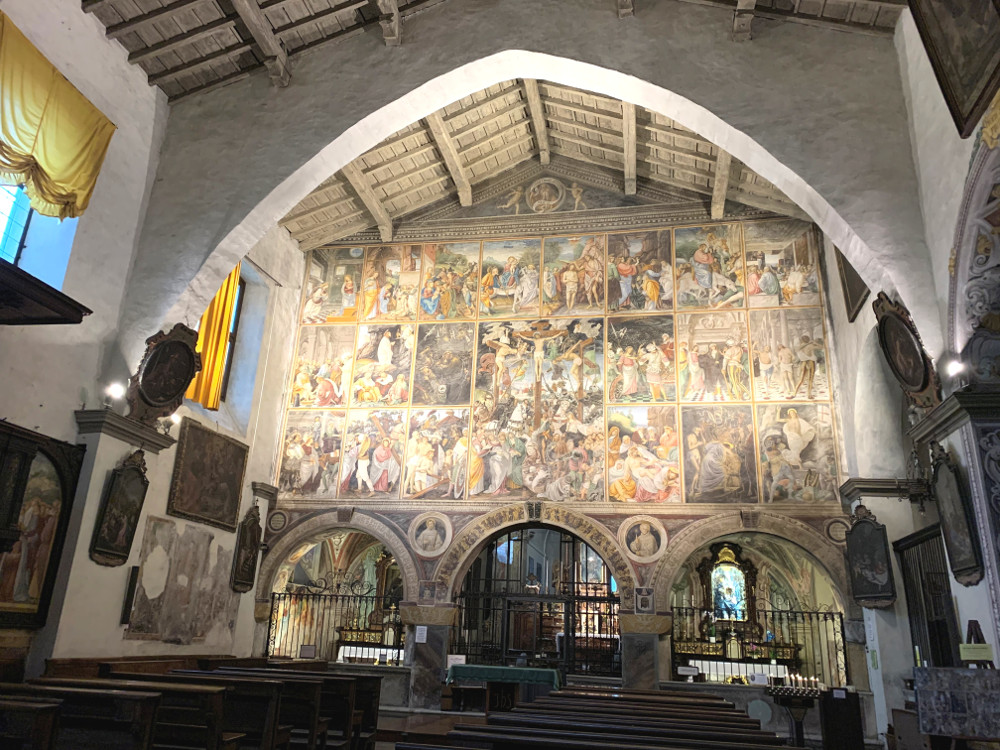
The ancient village of Varallo is situated in the mountains about 450 metres above sea level. The Valesia area is popular for skiing in winter and canoeing in summer. In autumn, mists festoon the mountains creating a rather attractive Gothic atmosphere.
The Chiesa of Santa Maria delle Grazie is one of many extraordinary churches and abbeys in Piedmont. Situated at the foot of the Sacred Mount of Varallo, the 15th century church has architectural features of the Franciscan convent churches and Gothic arches.
Inside is the magnificent Parete Gaudenziana or Gaudenzian Wall. This remarkably well preserved fresco storybook covers a ten by eight metre wall and illustrates scenes from the Life and Passion of Jesus from the Annunciation to the Resurrection.
Take the cable car up to the oldest Sacri Monti or Holy Mountain. This is one of a series of nine groups of chapels in Piedmont and Lombardy, and nominated UNESCO World Heritage sites. At Varallo there are 45 individual chapels on the one site each housing a scene featuring life-like statues and staged in the manner of a 16th century oil painting. Moving from one chapel to the next represents a virtual pilgrimage to the Holy City.
Lunch at: The mountain lodge, Albergo Sacro Monte, offers a set menu of wholesome regional dishes. A restorative lunch is essential fuel after a morning exploring on foot, and particularly on a rainy day. We tucked into Bagna Cauda, a creamy risotto and pan fried river trout with boiled potatoes, washed down with a full bodied local red wine.
3 – Ghemme
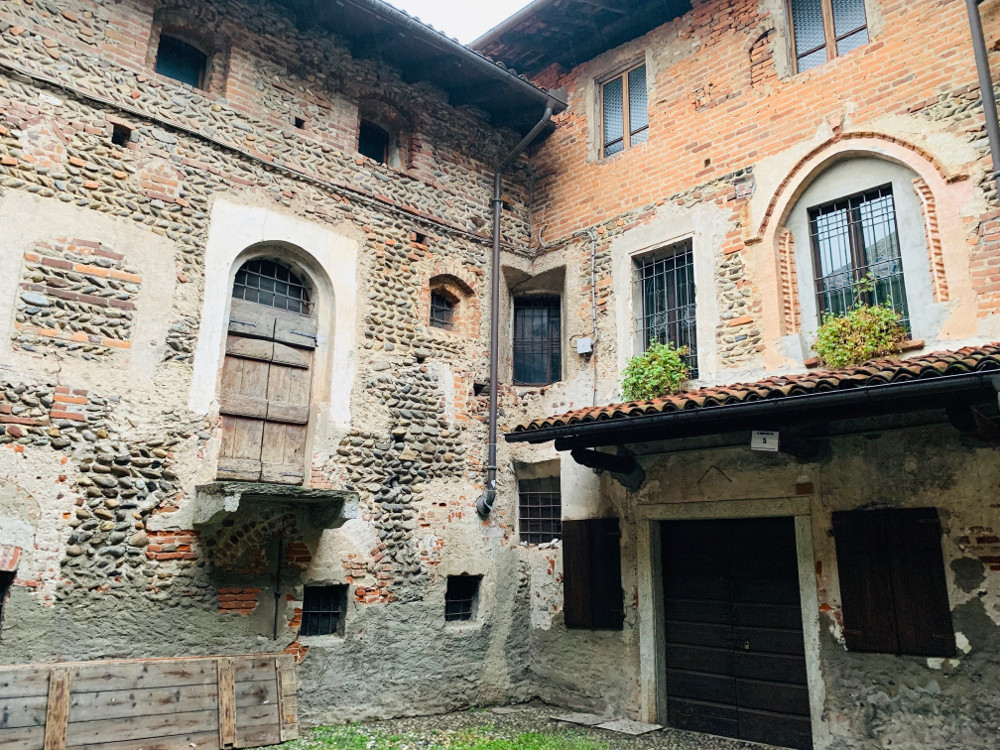
The Ricetto di Ghemme castle is a historic fortification and ancient village built between the 11th and 15th centuries for defence against forays and sackings from the French and Spanish. Originally the 12,000 square metre fortification was surrounded by a moat, four-metre walls and accessed via a drawbridge. One of the small cylindrical towers within the exterior walls also remains intact.
The tiny streets and alleyways are cobbled and lit by antique street lamps. Generations of local families have owned the houses which were built using river pebbles to create attractive herringbone decorations. Some of the narrow buildings are grouped around courtyards. Access to the ground floor, used for storing provisions, was originally through a wide arch at street level. The living quarters on the first floor were gained using a ladder and the doorways are still in evidence. Nearly all the houses have a grain store in the attic.
What to drink: Ghemme DOCG wine is still produced and aged here in the castle-ricetto cellars. The Rovellotti family have owned a house here for generations and the Cantina Rovellotti offer castle tours and wine tastings in the spacious cellar.
4 – The Benedictine Abbey of Santi Nazaro and Celso
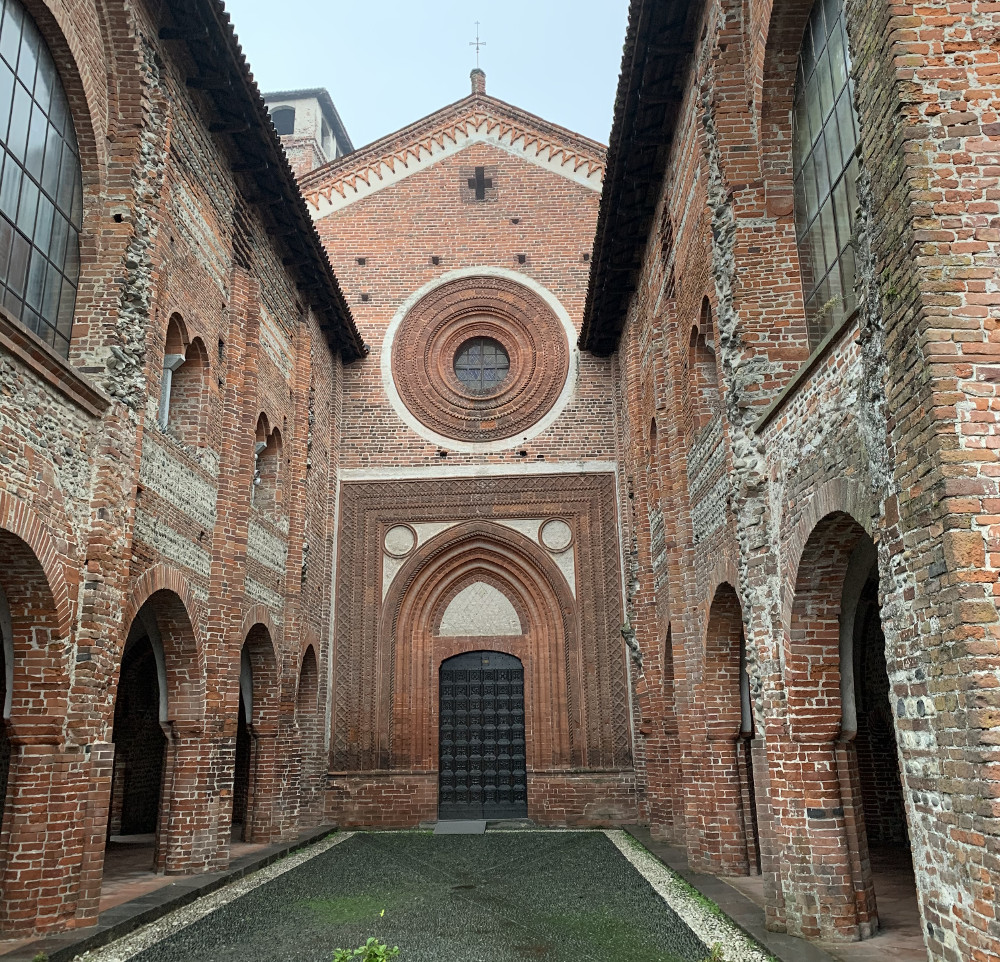
The Benedictine Abbey of Santi Nazaro and Celso was founded in 1040 and entrusted to the Benedictine Monks. Strategically situated close to a river ford it is also an archaeological Roman site. In the 13th century the abbey was fortified as a defence during fighting between Novara, Vercelli and Milan and a disproportionately sized bell tower was built as a watch tower.
The doorway and circular rose window offer fine examples of decorative brickwork. The peaceful Cloister built between the 14th to 16th centuries features two sets of fragile frescoes telling the life story of Saint Benedict. A recent renovation of the buildings has included the creation of guest quarters for those wishing to spend some time in quiet and meditation.
5 – Principato Di Lucedio
,br>
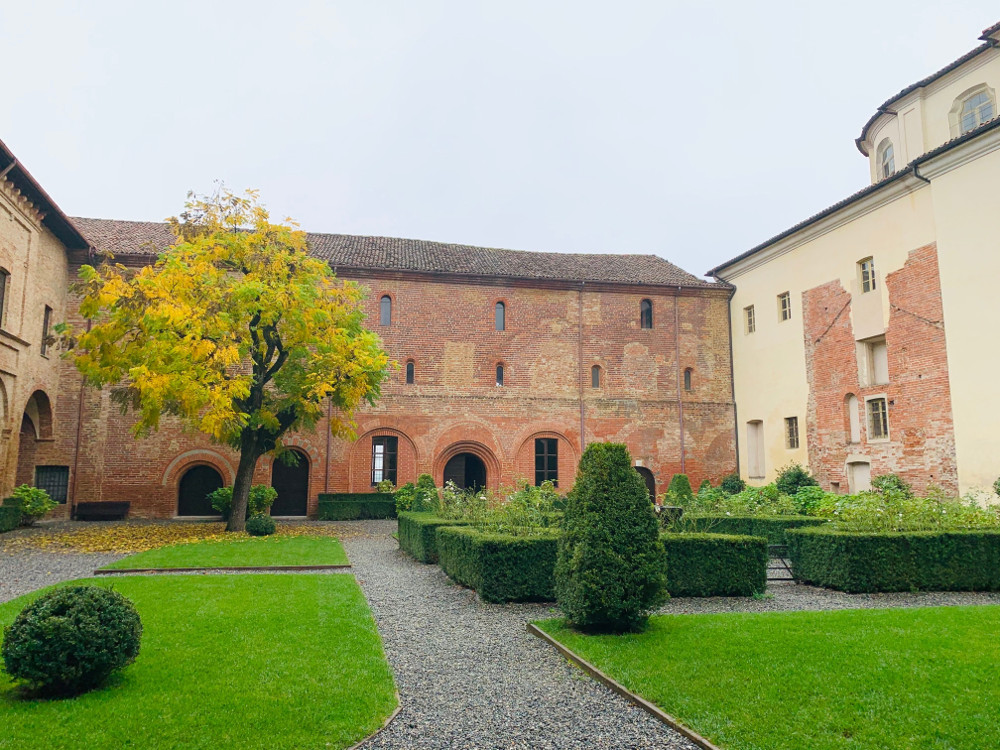
Rice paddy fields and Asia go together in most peoples’ minds but the Abbey of Lucedio was founded in 1123 by monks newly arrived in Italy who began growing rice at beginning of the 15th century. The abbey was rebuilt between 1767 and 1770 in the baroque style and secularized in 1784. Its striking medieval bell-tower however remains intact.
The buildings and their lands passed through various hands over the years including those of Napoleon Bonaparte. Currently owned by the Salvadori di Wiesenhoff family, it is one of the earliest Cistercian monasteries in Italy and the granges, or outlying buildings, built by the monks are now protected buildings.
Today the Vercelli region grows over half of the whole Italian rice production. At the abbey this includes Riso di Baraggia Biellese and Vercellese, the only Italian DOP (Denominazione di Origine Protetta or Protected Designation of Origin) rice.
What to eat: The Principato di Lucedio is open to the public on Sundays (group visits by prior arrangement). The farm Cookery School offers Italian risotto making and tasting workshops.
FACTBOX
Piemonte was named as #1 region to visit in the world by Lonely Planet’s “Best in Travel” Guide 2019 due to its heritage. For more details, go to visitpiemonte.com.
Getting there
By Plane
The Torino Airport in Torino Caselle is 16km from the city centre and it connects to the main European cities. aeroportoditorino.it.
The Airport of Milan Malpensais about 100km from the city centre and can be reached along the regional motorway network milanomalpensa-airport.com.
The Cuneo Airport, about 65 kilometers from Torino, is easy to reach from Piemonte and Liguria. aeroporto.cuneo.it.
By train
High-speed trains connect Piemonte with Milan and France, and a dense railway network links Torinoto both small towns and big cities in Italy, Switzerland and France
trenitalia.com.
By car
A dense network of highways connects all the major cities of Piemonte, Italy, France and Switzerland.
Photography by Irene Caswell apart from the main image courtesy of Paolo D’Onofrio.












